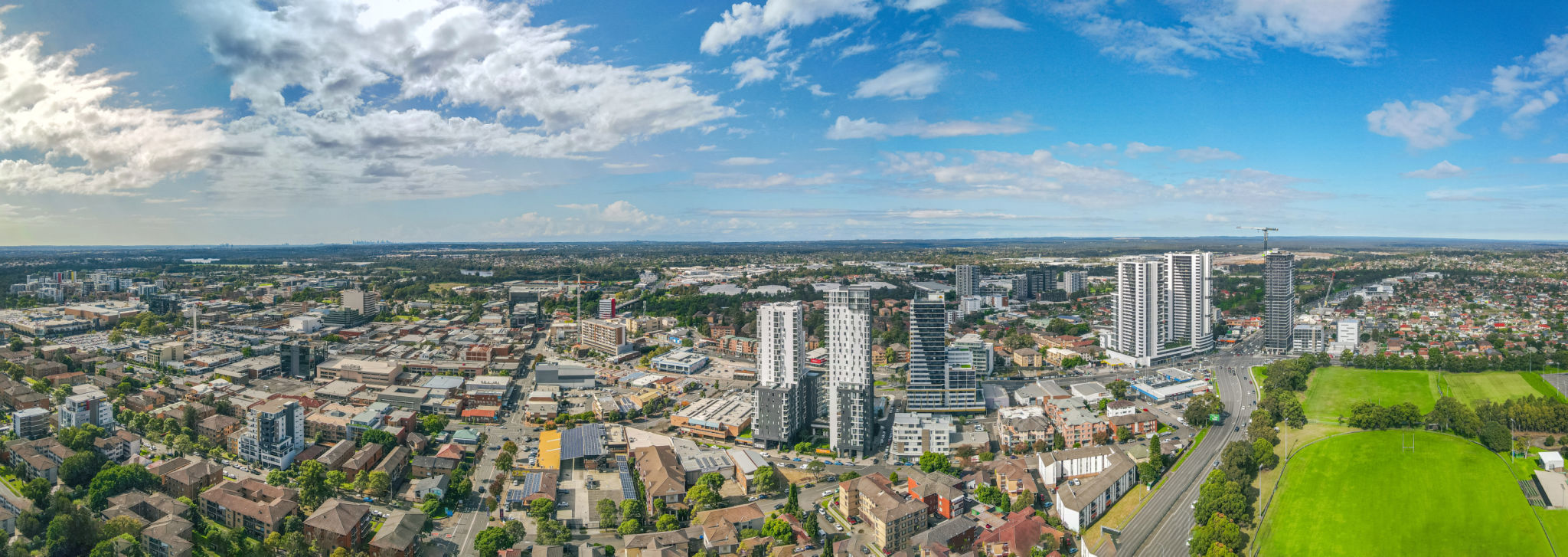Is the $3 Million Super Tax About to Flip SMSF Property Strategies on Their Head?
Australia’s proposed Division 296 Tax — aka the "$3 Million Super Tax" — is sending shockwaves through the world of self-managed super funds (SMSFs), and for good reason. If you’re holding high-value property assets inside your super, you could be staring down a serious tax headache as early as 1 July 2025.
Here’s what you need to know, what’s likely to change, and how smart investors are already pivoting.
What Is Division 296 Tax? (And Why It Matters)
Let’s cut through the jargon. If legislated, this tax slaps a 15% levy on earnings (including unrealized gains) for the portion of your total superannuation balance (TSB) over $3 million.
No, that’s not a typo — paper gains count too.
Key details:
- Applies across all your super accounts combined
- The $3m threshold isn’t indexed (read: it won’t rise with inflation)
- Kicks off from 1 July 2025 (pending legislation)
Translation: if property you own inside your SMSF suddenly jumps in value — even if you haven’t sold it — you could cop a hefty tax bill without seeing a cent of cash in hand.

Why SMSF Property Investors Should Pay Attention
This tax throws a serious spanner in the works for property-heavy SMSFs. Here’s how:
- Asset Concentration Risks Multiply:
- If your SMSF owns a single high-value property (think $4–5 million), any significant valuation jump could push you over the $3m mark — triggering a tax bill on unrealised gains. The real kicker? You might be forced to sell off other assets (or worse, the property itself) just to pay the tax.
- If your SMSF owns a single high-value property (think $4–5 million), any significant valuation jump could push you over the $3m mark — triggering a tax bill on unrealised gains. The real kicker? You might be forced to sell off other assets (or worse, the property itself) just to pay the tax.
- Debt + Division 296 = Double Trouble:
- Using leverage in your SMSF? Congrats, your future tax bill just became more unpredictable. Debt magnifies gains (and losses), but now those unrealised gains will be taxed too. And no — pension phase won’t save you. Division 296 applies across the board.

The Strategic Shift: What Investors Are Doing About It
High-net-worth investors aren’t waiting for Parliament to make up its mind. Here’s what’s already happening behind the scenes:
Pivot to Income-Generating Properties Inside Super
- High-growth properties? Risky:
- Reliable, high-yield assets like well-leased industrial or commercial properties are now the flavour of the month within SMSFs. Why? Income can help fund tax liabilities without forced sales.
- Reliable, high-yield assets like well-leased industrial or commercial properties are now the flavour of the month within SMSFs. Why? Income can help fund tax liabilities without forced sales.
- Cap Super Balances, Move Growth Assets Out:
- Smart investors are capping their SMSF balances under $3m and shifting growth-heavy properties into family trusts or personal ownership. Sure, it means higher CGT rates — but you avoid getting slugged on paper gains in super.
- Smart investors are capping their SMSF balances under $3m and shifting growth-heavy properties into family trusts or personal ownership. Sure, it means higher CGT rates — but you avoid getting slugged on paper gains in super.
- In-Specie Transfers (Before It’s Too Late):
- Some are fast-tracking in-specie property transfers out of super to sidestep future Division 296 tax liabilities. Yes, there’s upfront CGT to deal with — but it’s a controlled hit compared to the unknown future tax burden.
- Some are fast-tracking in-specie property transfers out of super to sidestep future Division 296 tax liabilities. Yes, there’s upfront CGT to deal with — but it’s a controlled hit compared to the unknown future tax burden.
- Boosting Liquidity Buffers:
- SMSFs are reassessing cash reserves. Keeping larger buffers means funds can handle future Division 296 tax bills without fire-selling prime assets.
What Does This Mean for Non-Super Property Investment?
Interestingly, this tax is making property outside of super, which was once considered less tax-efficient, more appealing again.
- Negative Gearing Back on the Radar
- With Division 296 potentially neutralising super’s 15% tax advantage for high balances, negative gearing benefits outside super look a little shinier in comparison.
- With Division 296 potentially neutralising super’s 15% tax advantage for high balances, negative gearing benefits outside super look a little shinier in comparison.
- Family Trusts Getting a Second Look
- Expect to see an uptick in property wealth being shifted into trust structures for asset protection, tax flexibility, and intergenerational wealth transfer.

What Should SMSF Property Investors Do Next?
If you’re holding property in your SMSF or creeping toward that $3 million mark, now’s the time to act, not after the tax hits.
Key priorities:
- Review your total super balance and property valuations regularly
- Model liquidity risks — can your SMSF cover a Division 296 tax bill?
- Rethink leverage and high-growth property strategies within super
- Explore alternative structures, like trusts, for future acquisitions
- Get a rock-solid valuation schedule to avoid spikes triggering tax on paper gains
And most importantly, consult with a specialist SMSF advisor. This isn’t a DIY tax planning situation.

Final Word: It’s a Wake-Up Call, Not a Death Sentence
The $3 Million Super Tax isn’t the end of property investment in SMSFs — but it’s a serious game-changer for how you structure it. The old ‘set and forget’ property play inside super won’t cut it anymore for high-balance investors.
Liquidity will be king, income beats growth (inside super), and strategic asset location between structures is about to matter more than ever.
If you’re in this boat, it’s time for a no-BS strategy review.